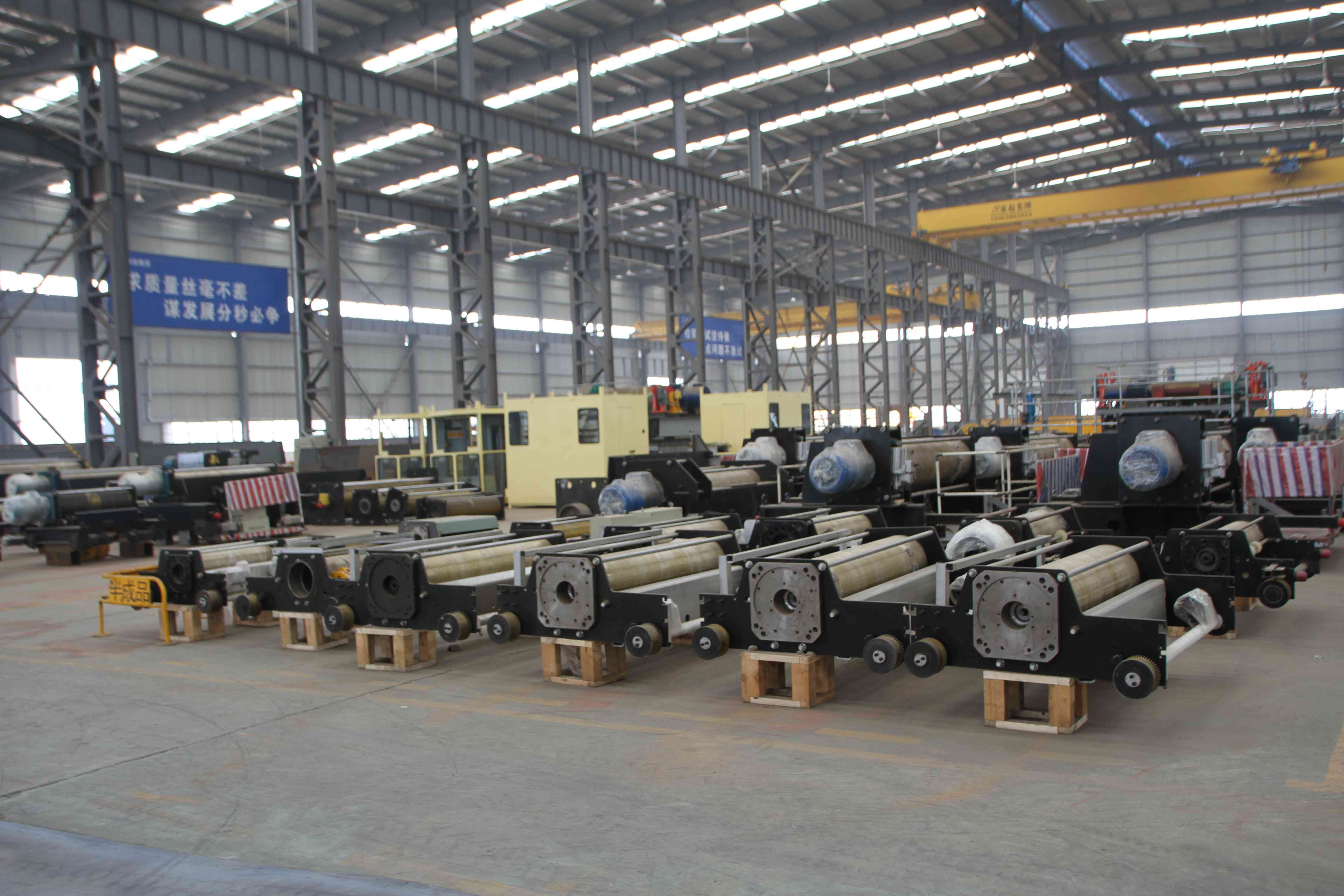In this article, we will explain to you how to choose the most suitable electric hoist according to different working environments and needs, and help you improve work efficiency and ensure operational safety.

1. Lifting capacity and lifting height
Lifting capacity:The lifting capacity of the electric hoist is a key parameter for selection. The appropriate load capacity must be selected according to actual needs. Generally speaking, too large or too small a lifting capacity will affect the work efficiency and the service life of the equipment. Common electric hoist lifting capacities range from 1 ton to 50 tons.
Lifting height:The lifting height refers to the maximum height that the electric hoist can lift an object. Choose the appropriate lifting height according to the space height of the workplace and the operating requirements to avoid wasting resources by choosing too high or too low.
2.Operating environment and frequency of use
Indoor and outdoor use:If the electric hoist will be used in an outdoor environment, waterproof, dustproof and corrosion resistance will be important considerations. Electric hoists with higher IP ratings are more suitable for harsh environments.
Frequent operation vs. occasional use:If the electric hoist needs to be used continuously for a long time or operated frequently, you should choose equipment with a higher working level (such as FEM 3M or ISO M5 level), which has higher durability and work efficiency.
Ambient temperature:The operating temperature range of electric hoists is usually between -20°C and +50°C, and special working environments may require customized equipment to cope with extreme temperatures.
3.Choose the right type of electric hoist
Chain electric hoist: suitable for lifting operations with medium and low loads, with the advantages of simple structure, low cost and easy maintenance. Commonly used in light industry, warehousing and small workshops.
Wire rope electric hoist: suitable for places with higher lifting heights and heavier loads, widely used in the handling of heavy equipment in large factories, construction sites and ports.
Explosion-proof electric hoist: For places that need to be used in flammable and explosive environments, explosion-proof electric hoists are essential equipment. They have strong safety and can avoid accidents in special environments.
4.Driving mode of electric hoist
Variable frequency drive: suitable for application scenarios with high requirements for precise control. The variable frequency drive system can not only start and stop smoothly, but also adjust the lifting speed, reduce the impact force of the equipment, and improve the safety of operation.
Fixed speed drive: suitable for working environments with low requirements for lifting speed, with the advantages of simple structure, easy maintenance and low cost.
5.After-sales service and technical support
When choosing an electric hoist, you also need to consider the manufacturer's after-sales service and technical support. Professional suppliers usually provide installation and commissioning, operation training, regular maintenance and other services to ensure the long-term stable operation of the equipment.
Choosing the right electric hoist requires comprehensive consideration of multiple factors such as working environment, load requirements, lifting height, safety, etc. Understanding the characteristics and application scenarios of each type of electric hoist will help you make more informed decisions, thereby improving work efficiency and ensuring operational safety.
If you have any questions or need to select and customize an electric hoist for your specific needs, please feel free to contact us. The BTARO team will wholeheartedly provide you with professional consultation and solutions.


